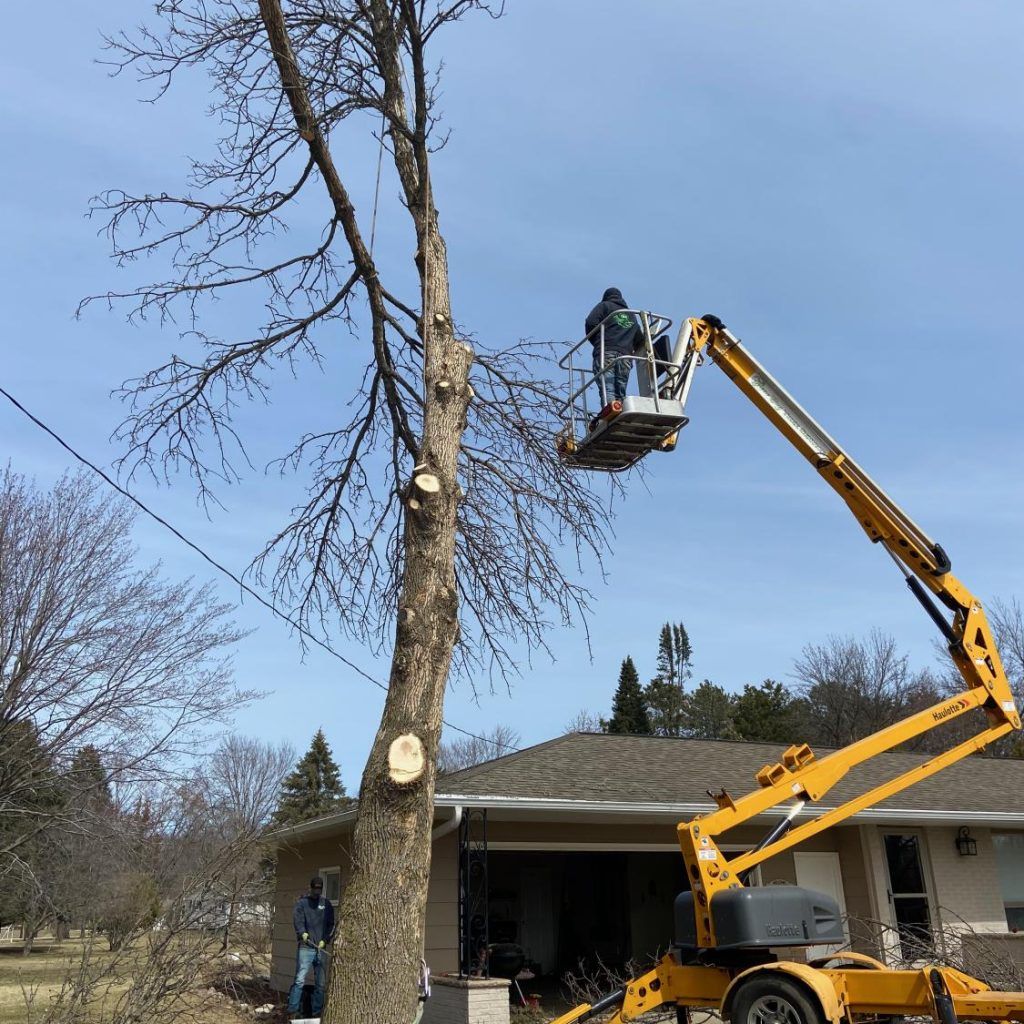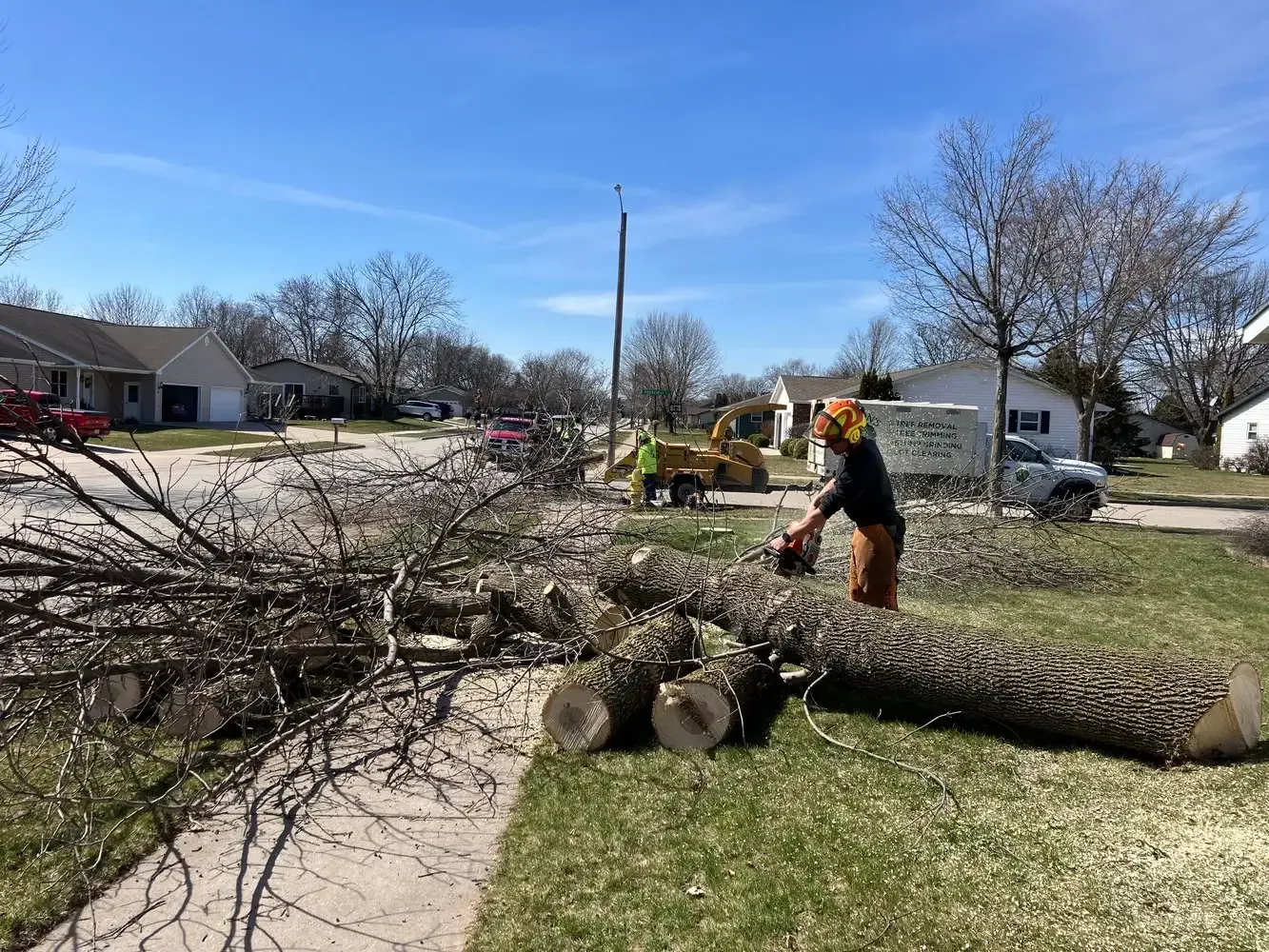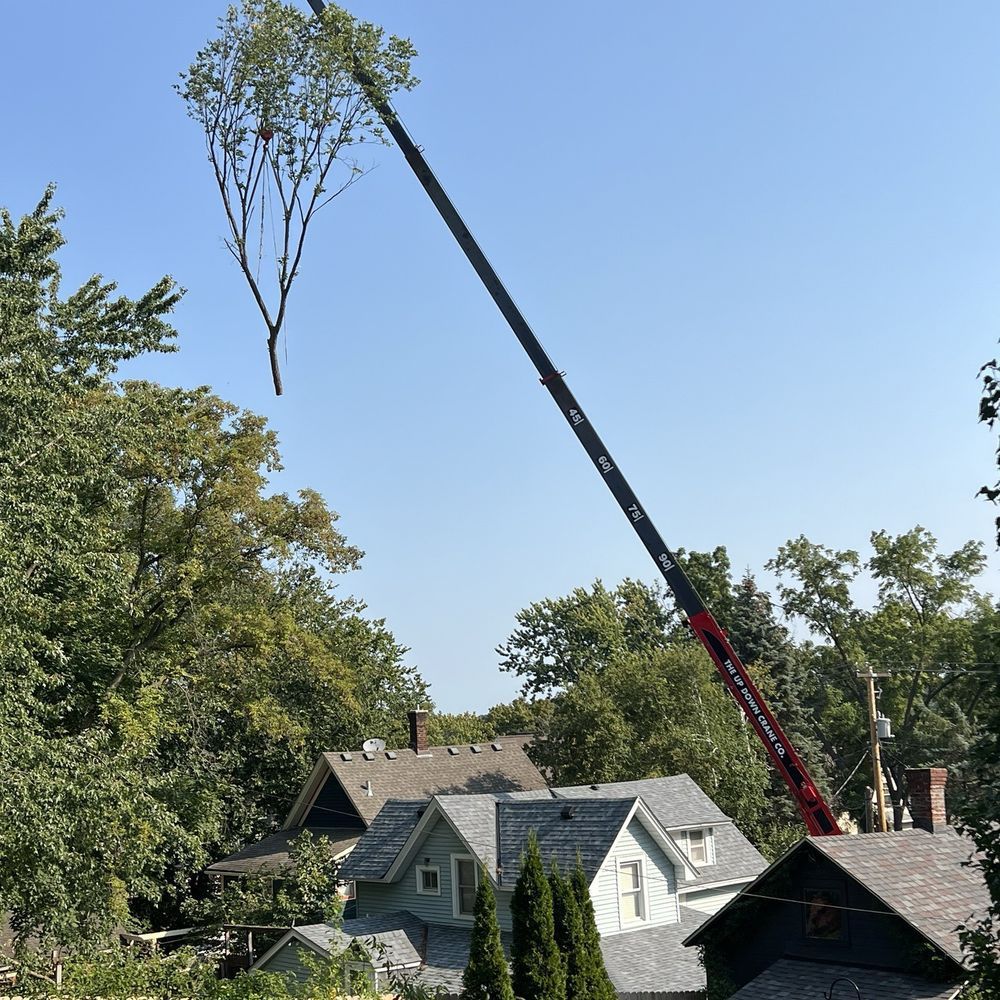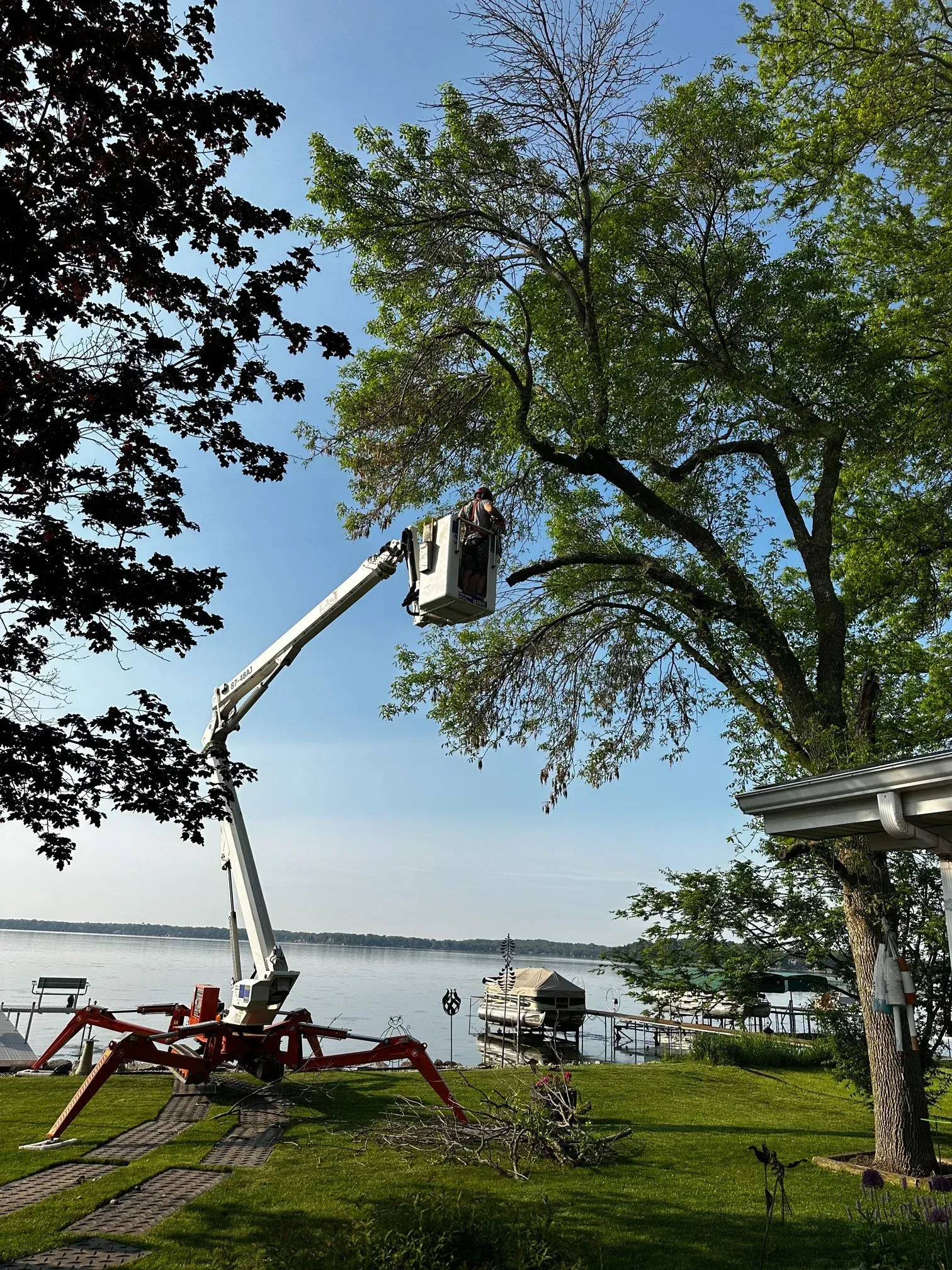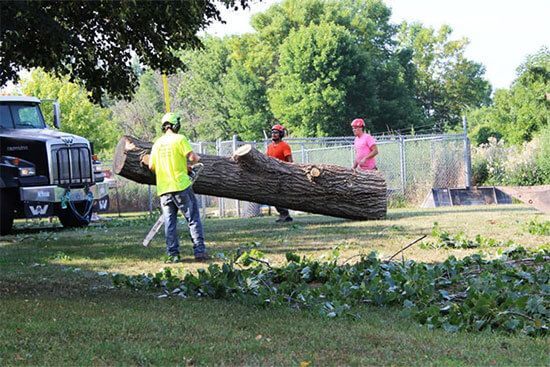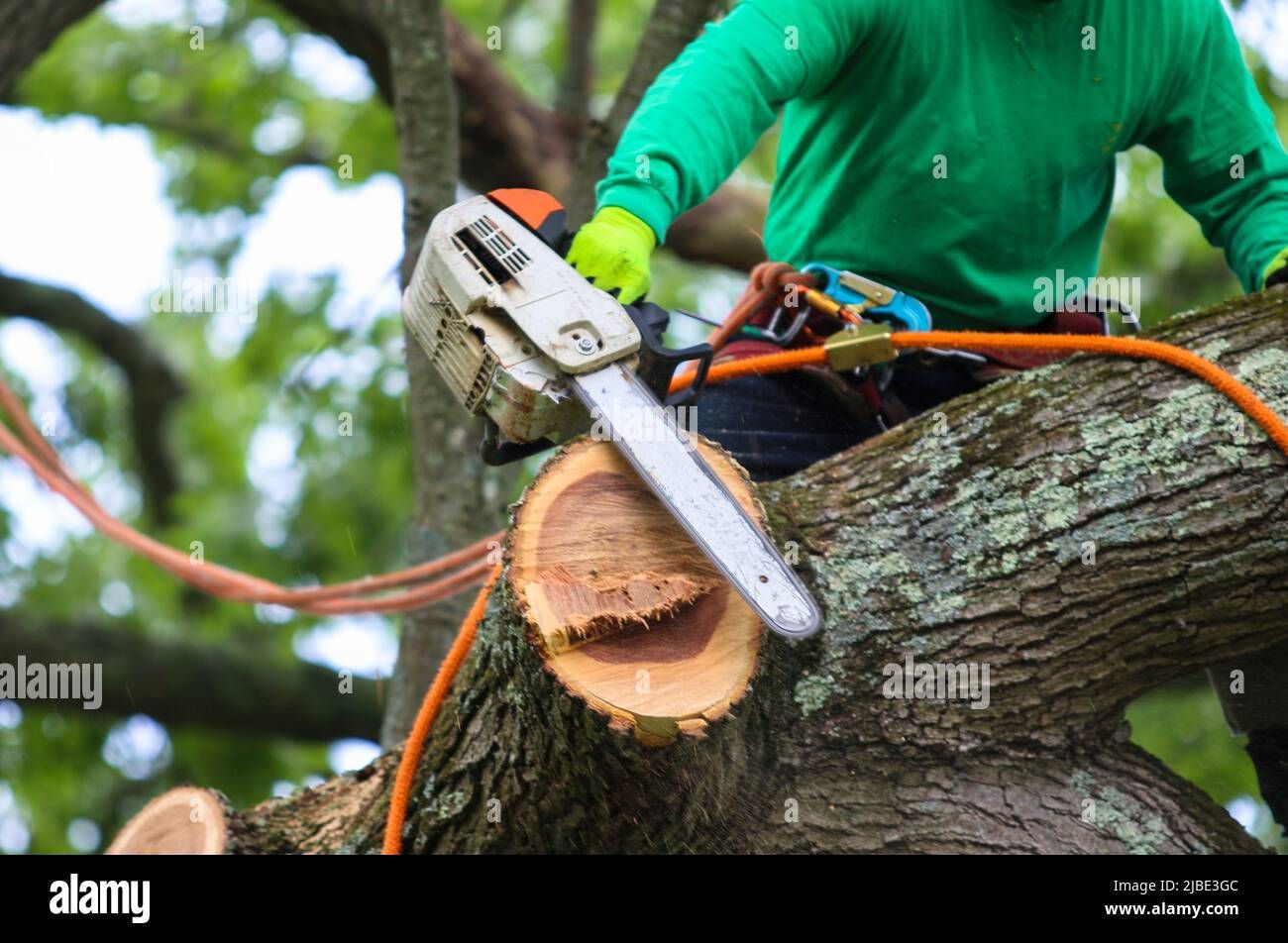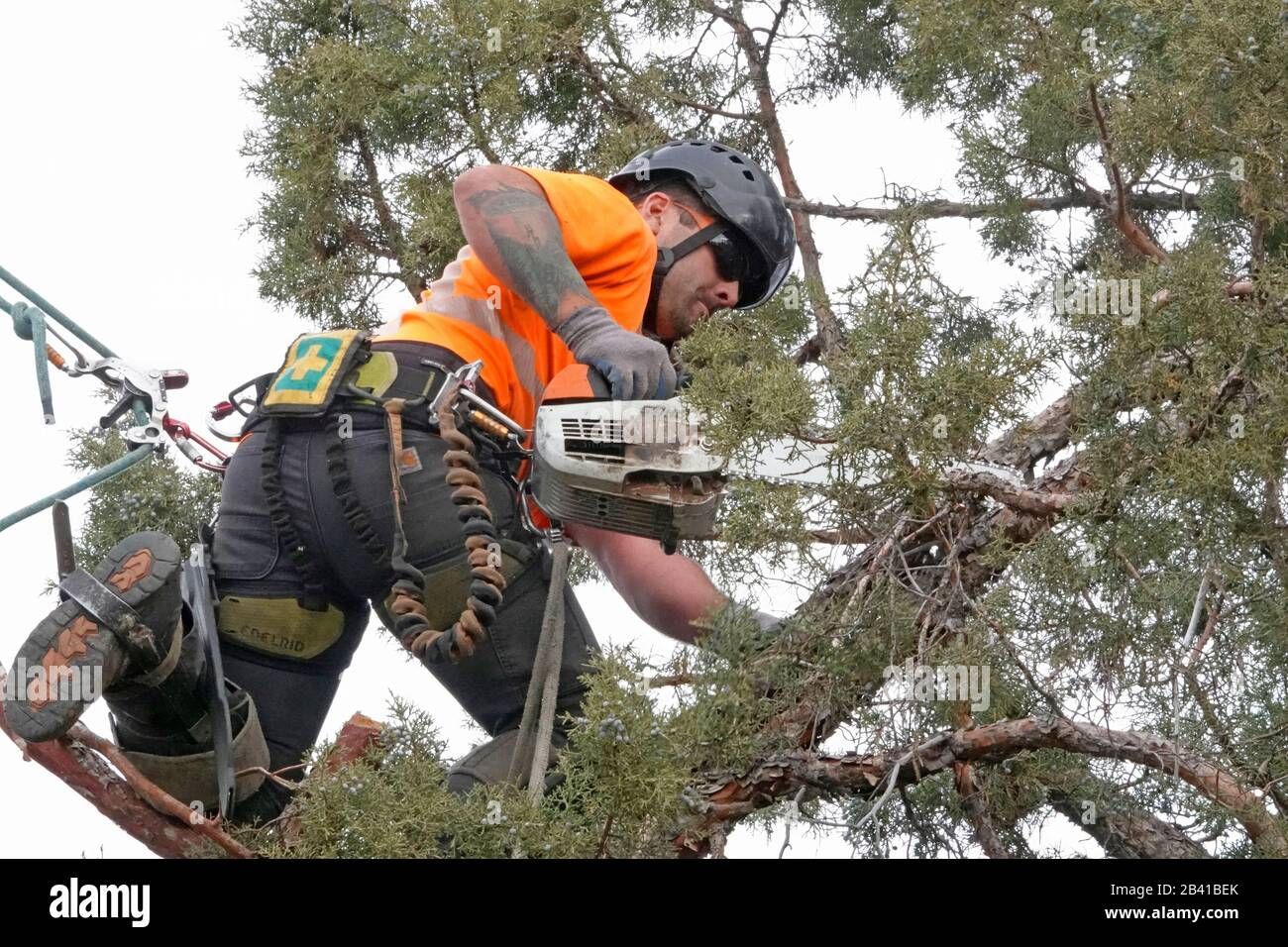Benefits of Mulching Around Trees in the Iowa Summer Heat
Summers in Iowa can be brutally hot, with temperatures frequently soaring into the high 80s and 90s, often accompanied by dry spells that stress even the healthiest trees. If you want to protect and preserve your trees during these challenging months, mulching is one of the most effective yet underrated strategies. At Frank’s Tree Service, we often recommend mulching as part of a regular tree care plan, especially for property owners in Cedar Rapids and Iowa City. In this guide, we’ll explore the many benefits of mulching in the summer heat and how it supports tree health.
Why Mulching Matters in Summer
1. Soil Moisture Retention
Mulch acts like a protective blanket over the soil, significantly reducing moisture evaporation. This is critical during Iowa’s summer heatwaves when rainfall may be scarce, and soil can dry out quickly.
2. Temperature Regulation
Soil exposed to direct sun can reach extreme temperatures that damage delicate root systems. Mulch insulates the soil, keeping root zones cooler and more stable.
3. Weed Suppression
Unwanted weeds compete with trees for water and nutrients. A properly applied mulch layer helps smother weed growth, giving trees the upper hand.
4. Improved Soil Structure
As organic mulch breaks down, it enriches the soil with nutrients and promotes better structure, increasing water infiltration and root penetration.
Types of Mulch to Use
5. Organic Mulch
Materials like shredded bark, wood chips, pine needles, or compost are ideal. They break down slowly and add nutrients to the soil.
6. Inorganic Mulch
Gravel or landscape fabric may suppress weeds but don’t improve soil health. These are better for ornamental areas rather than tree bases.
7. Avoid Dyed or Treated Mulches
Some colored mulches contain dyes or chemicals that can be harmful to trees or soil biology. Always opt for natural, untreated materials.
How to Apply Mulch Correctly
8. Create a Mulch Ring
Spread mulch in a donut shape around the base of the tree, extending out to the drip line if possible. Avoid direct contact with the trunk.
9. Maintain Proper Depth
Apply mulch 2–4 inches deep. Too thin and it won’t be effective; too thick and it may retain excess moisture or invite pests.
10. Reapply as Needed
Replenish mulch every year or as it decomposes to maintain a consistent layer, especially after heavy rains or windstorms.
Benefits of Mulching for Tree Health
11. Encourages Root Growth
Cooler, moist soil encourages roots to grow deeper and stronger, making trees more resilient during hot, dry periods.
12. Reduces Soil Compaction
Mulch helps prevent soil from becoming compacted under foot traffic or equipment, improving oxygen availability to roots.
13. Prevents Trunk Damage
A mulch ring acts as a buffer, reducing the chances of lawnmower or string trimmer injuries to the tree trunk.
14. Supports Microbial Life
Organic mulch feeds beneficial fungi and microbes, creating a healthier, more balanced soil ecosystem.
Environmental and Economic Advantages
15. Water Conservation
Mulched trees require less frequent watering, helping property owners conserve water and lower utility bills.
16. Less Maintenance
With fewer weeds and healthier soil, mulched areas demand less upkeep and fertilization over time.
17. Sustainability
Recycling wood chips and compost into mulch is an eco-friendly practice that reduces waste and supports sustainable landscaping.
Common Mulching Mistakes to Avoid
18. Volcano Mulching
Piling mulch against the trunk leads to rot, pest infestations, and fungal diseases. Always keep mulch away from the base.
19. Using Fresh Wood Chips Exclusively
Fresh wood chips can tie up nitrogen in the soil. Mix with compost or aged mulch to avoid nutrient deficiencies.
20. Neglecting Reapplication
Letting mulch deteriorate too much exposes roots to heat and stress. Monitor and refresh mulch as needed.
When to Mulch in Iowa
21. Late Spring to Early Summer
Apply mulch once the soil has warmed up and spring rains have tapered off. This prepares trees for the hottest part of the season.
22. After Storms or Tree Work
Mulching after storm cleanup or trimming helps stabilize the soil and support recovery.
23. During Drought Warnings
Mulch is especially helpful when drought restrictions limit watering. It keeps soil moist longer between waterings.
Frank’s Tree Service Can Help
24. Mulching Services
We offer professional mulching as part of our routine tree maintenance packages throughout Cedar Rapids and Iowa City.
25. Tree Health Assessments
Our arborists can evaluate your tree’s health and soil condition to recommend optimal mulching strategies.
26. Full-Service Care
From planting to pruning, storm cleanup to soil care, we’re your trusted partner in tree health all year long.
Conclusion
In the heat of an Iowa summer, your trees are under pressure. Proper mulching is a simple yet powerful tool to protect root systems, retain moisture, and promote overall tree health. Whether you're managing a residential landscape or commercial property, a consistent mulching routine pays off in stronger, more beautiful trees. Trust Frank’s Tree Service to provide expert mulching and tree care across Cedar Rapids and Iowa City.
Contact Frank’s Tree Service Today
Phone: (319) 366-4747
Website:
www.frankstreeservice.net
Service Areas: Cedar Rapids, Iowa City, and nearby communities
FAQs
1. Can I use grass clippings as mulch?
Only if they’re dry and not treated with herbicides. Avoid thick layers that could mat and suffocate roots.
2. How often should mulch be replaced?
Typically once per year or as it decomposes. Monitor thickness and top up when needed.
3. Is it okay to mulch around young trees?
Absolutely. Young trees benefit greatly from mulching as it helps establish strong roots.
4. Can mulch attract pests?
Improper application (like volcano mulching) may attract insects or rodents. Proper technique avoids this.

